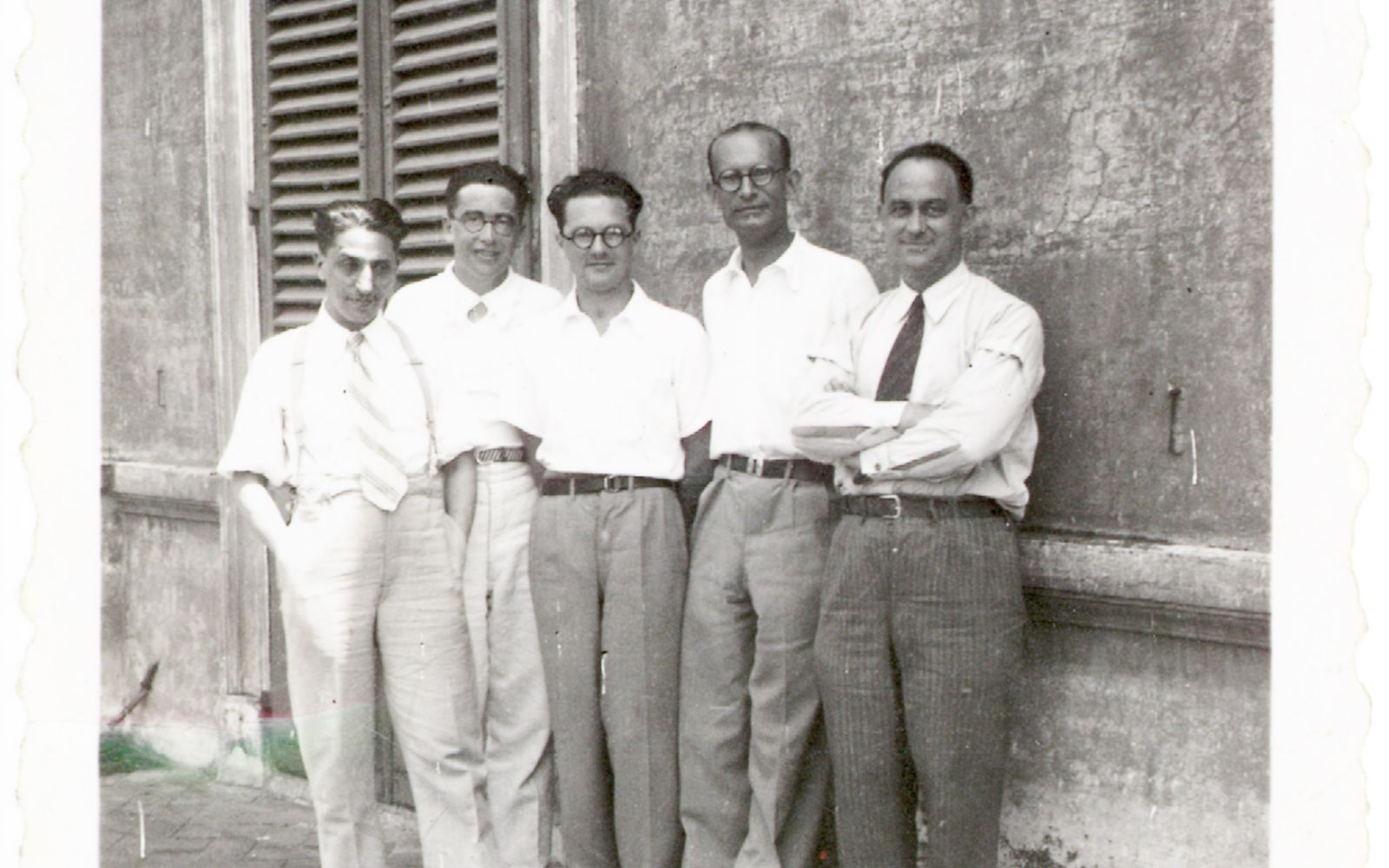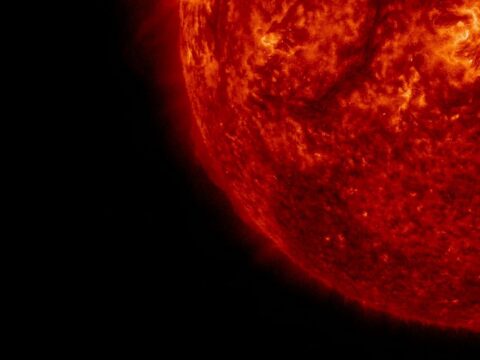The notable, fundamental contributions made by Fermi and his group (active both in theoretical and experimental research) include: the development of the theory of beta decay, the discovery of nuclear reactions via slow neutrons (for which Fermi won the Nobel Prize in Physics in 1938), and research in the field of nuclear fission. After moving to the United States shortly before the outbreak of the Second World War, the Italian physicist had a decisive role in the development of the first nuclear fission reactor. INFN was founded on 8 August 1951, precisely with the goal of continuing and developing the scientific tradition started in the previous decades, thanks to the theoretical and experimental research into nuclear physics by Enrico Fermi and his school. Though in a completely different, hyper-specialised context often characterised by the large collaborations typical of modern big science, the research carried on by INFN (and not just in the area of nuclear physics) still follows in the footsteps of the great tradition of Enrico Fermi and his Via Panisperna Boys. Their discoveries irreversibly revolutionised physics and modern science.



